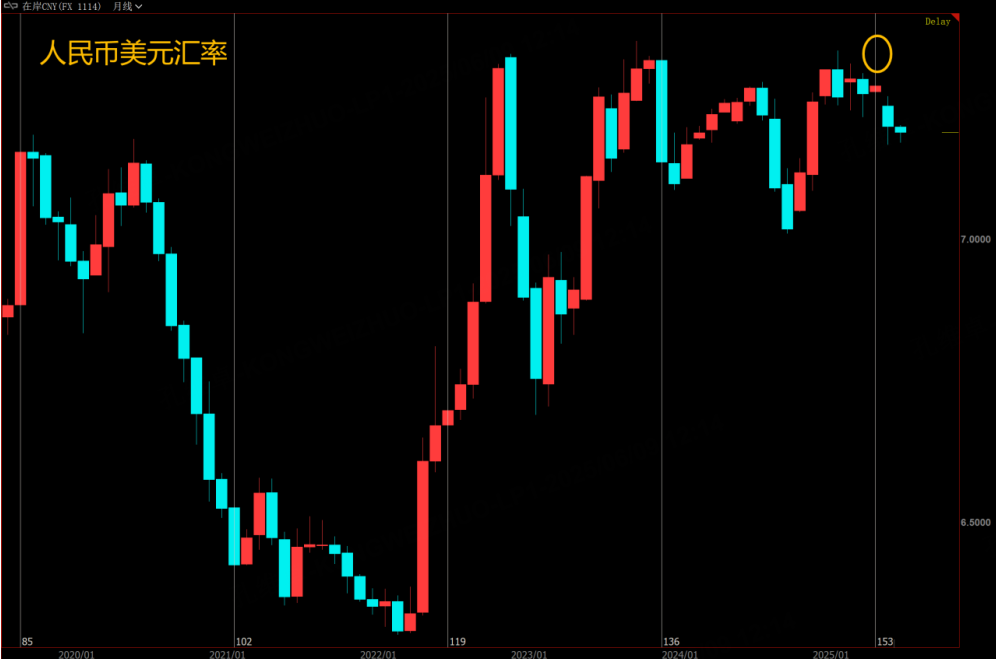On June 5, Xinhua News Agency reported that, at China’s invitation, the Chinese head of state held a phone conversation with the U.S. President, delivering a major signal toward normalizing Sino-U.S. trade negotiations. Easing and stabilizing China-U.S. trade relations would serve as a vital booster for the global economy: when China and the United States cooperate, both benefit; when they drift apart, both suffer.
Although the details remain to be finalized, the mere fact of this high-level call—and the prospect of an in-person meeting—suggests that the broad contours of a trade agreement are largely settled. Barring any unexpected policy moves from President Trump before the end of July, market expectations should remain relatively stable and the impact of tariffs on further market developments will gradually diminish.
China’s firm stance on the latest round of tariff disputes—and the outcome it secured—sets a powerful example for other countries. It may enhance the attractiveness of the Chinese market to international investors, triggering capital inflows that drive renminbi appreciation. Since such inflows are typically profit-driven, they will in turn influence China’s financial markets—most notably A-shares and the real-estate sector. Historically, periods of renminbi appreciation coincide with solid domestic market performance.
April of this year marked a critical juncture for the renminbi’s exchange rate: past data often show it as a turning point between appreciation and depreciation, and this cycle’s peak coincided precisely with that date. Generally, an appreciation cycle lasts around one and a half years, with its magnitude reflecting the People’s Bank of China’s tolerance—too-rapid gains could hamper exports and slow economic activity. Crossing the 7.0 threshold against the dollar is not beyond reach, but any deviation should be modest, given the central bank’s capacity to manage the rate. For ordinary investors, it is prudent to balance holdings in renminbi and U.S. dollar assets to protect portfolios from currency swings.
Renminbi appreciation phases often align with stronger A-share index performance; Hong Kong equities likewise tend to benefit. Nonetheless, exchange-rate movements should not be taken as sole indicators of a bull market, but rather as one gauge of large-scale capital flows—useful for improving the odds across a broad investment universe.
Selecting the best-performing stocks still requires in-depth analysis and focus. Investors seeking simplicity may opt to track major indices or large-cap stocks to capture average market returns. By contrast, U.S. equity markets may become more speculative: the recent “falling out” between President Trump and Elon Musk underscores internal tensions within the U.S. administration, which could exacerbate volatility in American stock indices. Investors would do well to stay attuned to the market’s rhythm.
$E-mini Nasdaq 100 - main 2506(NQmain)$ $E-mini S&P 500 - main 2506(ESmain)$ $E-mini Dow Jones - main 2506(YMmain)$ $Gold - main 2508(GCmain)$ $WTI Crude Oil - main 2507(CLmain)$



Comments